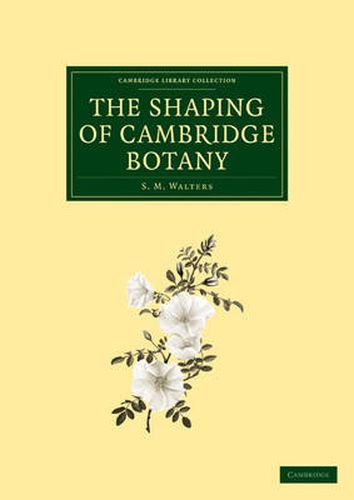Readings Newsletter
Become a Readings Member to make your shopping experience even easier.
Sign in or sign up for free!
You’re not far away from qualifying for FREE standard shipping within Australia
You’ve qualified for FREE standard shipping within Australia
The cart is loading…






Originally published in 1981, this generously illustrated volume marked the 150th anniversary of the acquisition by the University of Cambridge of the site for its ‘New Botanic Garden’. Written by a distinguished authority on British and European plants, the book honours the eminent scientists and key ideas that have been most influential not only in the history of the Botanic Gardens but also in guiding the development of botany itself from the foundations laid by John Ray in the mid-seventeenth century. It also includes rarely seen archival material . The core theme of the book is whole-plant botany, as distinct from cell biology or the study of the ‘lower plants’ (bacteria and fungi). Relatively little emphasis is given to genetics, plant physiology or ecology. The reader is nevertheless richly rewarded by this engaging and erudite account of Cambridge botany over more than three centuries.
$9.00 standard shipping within Australia
FREE standard shipping within Australia for orders over $100.00
Express & International shipping calculated at checkout
Originally published in 1981, this generously illustrated volume marked the 150th anniversary of the acquisition by the University of Cambridge of the site for its ‘New Botanic Garden’. Written by a distinguished authority on British and European plants, the book honours the eminent scientists and key ideas that have been most influential not only in the history of the Botanic Gardens but also in guiding the development of botany itself from the foundations laid by John Ray in the mid-seventeenth century. It also includes rarely seen archival material . The core theme of the book is whole-plant botany, as distinct from cell biology or the study of the ‘lower plants’ (bacteria and fungi). Relatively little emphasis is given to genetics, plant physiology or ecology. The reader is nevertheless richly rewarded by this engaging and erudite account of Cambridge botany over more than three centuries.